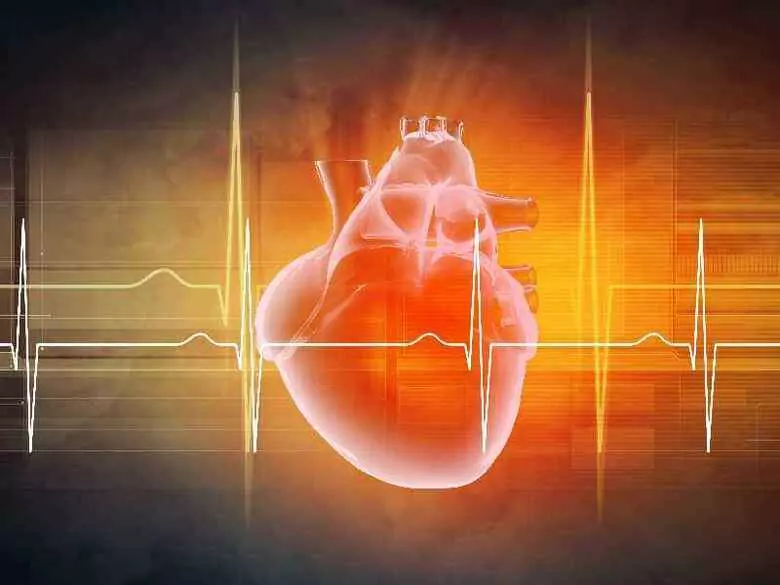During exercise, the oxygen demand of skeletal muscles increases, leading to an acceleration of the heart rate. The heart rate increases until the so-called maximum heart rate is reached. In people with coronary artery disease, symptoms of myocardial ischaemia appear well before the maximum frequency is reached. The electrocardiographic exercise test is, so to speak, a provocative test under controlled conditions.
Ad:









